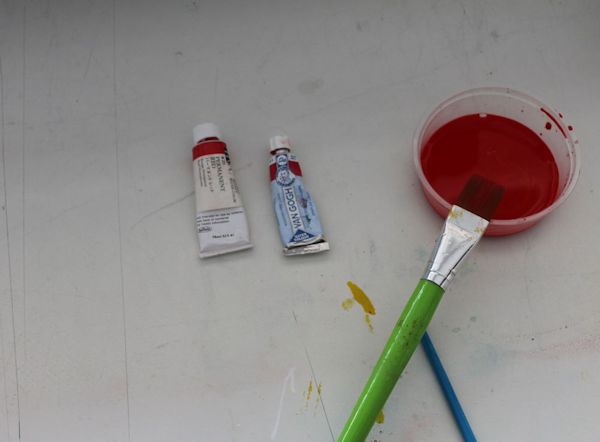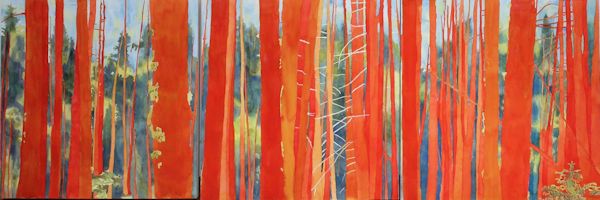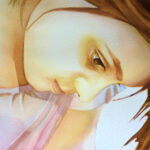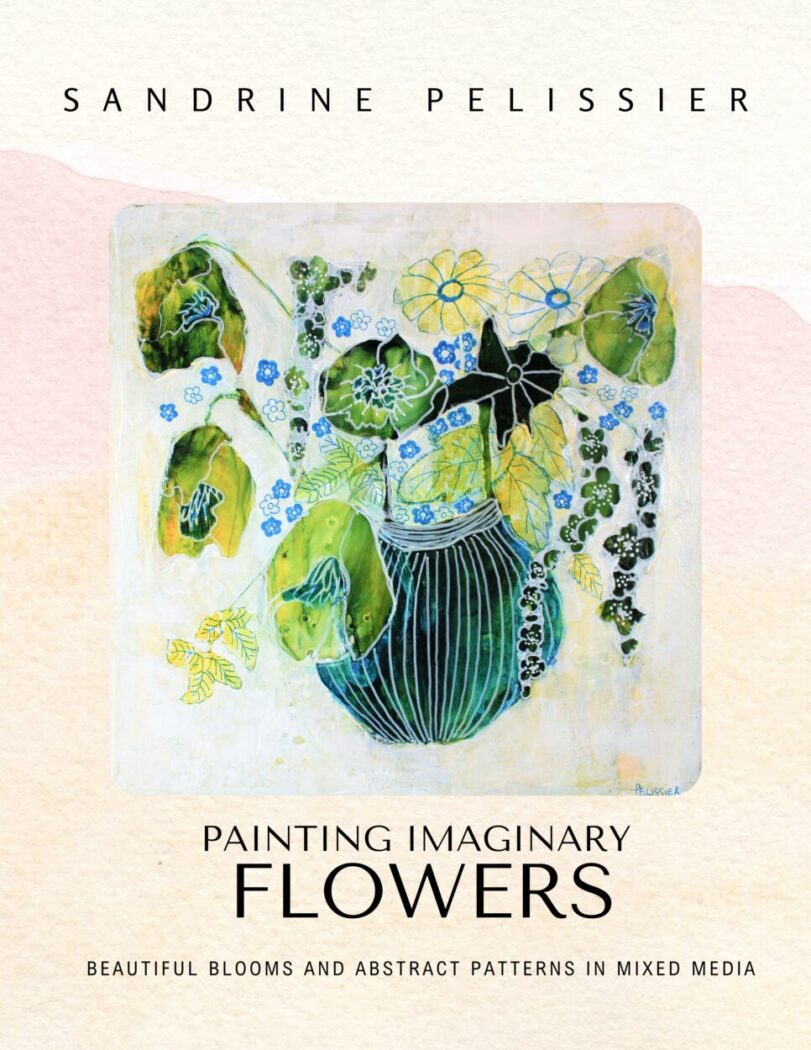The Trees Place : Layering watercolors to paint trees
July 16, 2013 2025-02-09 18:06The Trees Place : Layering watercolors to paint trees

The Trees Place : Layering watercolors to paint trees
When you paint with watercolors you have different ways of mixing your colors: You can mix them directly on your palette, mix them on the paper wet into wet, or layer them. Layering watercolor will produce rich and complex colors that are glowing in a way that would be impossible to achieve any other way
See how you can layer watercolor to paint trees

Start by drawing the trees with pencil on watercolor paper that has been either stretched or mounted on board.
You might also be interested in: Mounting watercolor paper on board

You don’t need to draw all the details, just the basic outlines of the trees and the foliage. You also need to know where you want to preserve some of the white of the paper.

Then you can apply masking fluid on a few areas where you would like to keep the paper un-painted. These can be areas that will stay white or areas that will be lighter against a dark background.
A silicon brush is a very convenient tool to apply masking fluid as you can just peel off the masking fluid from the brush once you are done.
I am a Blick Art Materials affiliate and I receive a small compensation for sales. That does not effect in any way the cost of the purchaser’s order but it helps me keeping the content of this blog free.

 |
Daler-Rowney Masking FluidThis fluid is used to create striking white highlights or to mask areas for overpainting at a later stage. It forms a fast-drying, water-resistant film on watercolor paper and board, and is easily removed when dry. |

This is my painting palette: Van Gogh : Madder Lake; Da Vinci: Yellow Ocher, Sap Green, Cadmium Lemon yellow, Prussian Blue; Holbein : Cobalt Turquoise Light, Permanent Red, Ultramarine Deep, Daniel Smith : Burnt Sienna, Reeves : Payne’s Grey

You can start by painting the foliage in the background, mixing different shades of green and yellow wet into wet.
You don’t need to mask the tree trunks as they are straight enough so you can paint around them.

Paint the background foliage on your painting, here I did paint it on the three panels.

The background foliage has been painted on the 3 panels of the triptych.

Then you can start painting the trunks by adding numerous layers of paint, starting with layers of yellow then red then blue. For the yellow I am using a mix of Cadmium Yellow and Yellow Ocher.
I am a Blick Art Materials affiliate and I receive a small compensation for sales. That does not effect in any way the cost of the purchaser’s order but it helps me keeping the content of this blog free.

 |
Da Vinci Artists’ Permanent Watercolors, 292 Yellow Ochre, 15 mlDa Vinci paints are exciting, intense, and rated among the best in the world for quality. The paints are permanent, with the highest tinting strength and pigment concentration available, and a creamy consistency for smooth, easy dispersion with water. |

The first yellow layers have been painted on the 3 panels of the triptych.

Then, paint a few layers of red, mixing Permanent Red and Madder Lake.

The red layers of watercolor have been painted on the 3 panels of the triptych.

I then add a few layers of blue, I also add multiple layers of red and yellow to adjust the colors until I am satisfied. Let the painting dry completely before going to the next step.

At this stage, you can take off the masking fluid and paint the areas that have been preserved if you want them colored.

The Trees Place, watercolor on paper mounted on board, 3 times 24 x 24 inches.
Here is a time lapse video that will show the painting process:
















Comments (5)
Step by step acrylic and mixed media painting tutorial, Recycling Life
[…] The Trees Place : Watercolor triptych painting tutorial […]
Janice Schafir
I really enjoy your videos. Even though I have been an art teacher for many years, I am learning from you! Thank you, Jan
Sandrine Pelissier
Thank you Janice, I really appreciate it 🙂
Hélène
Quel beau travail, Sandrine! Je suis impressionnée . Il y a longtemps que je voulais commenter tes démos toujours intéressantes. Bravom
Sandrine Pelissier
Merci Helene 🙂